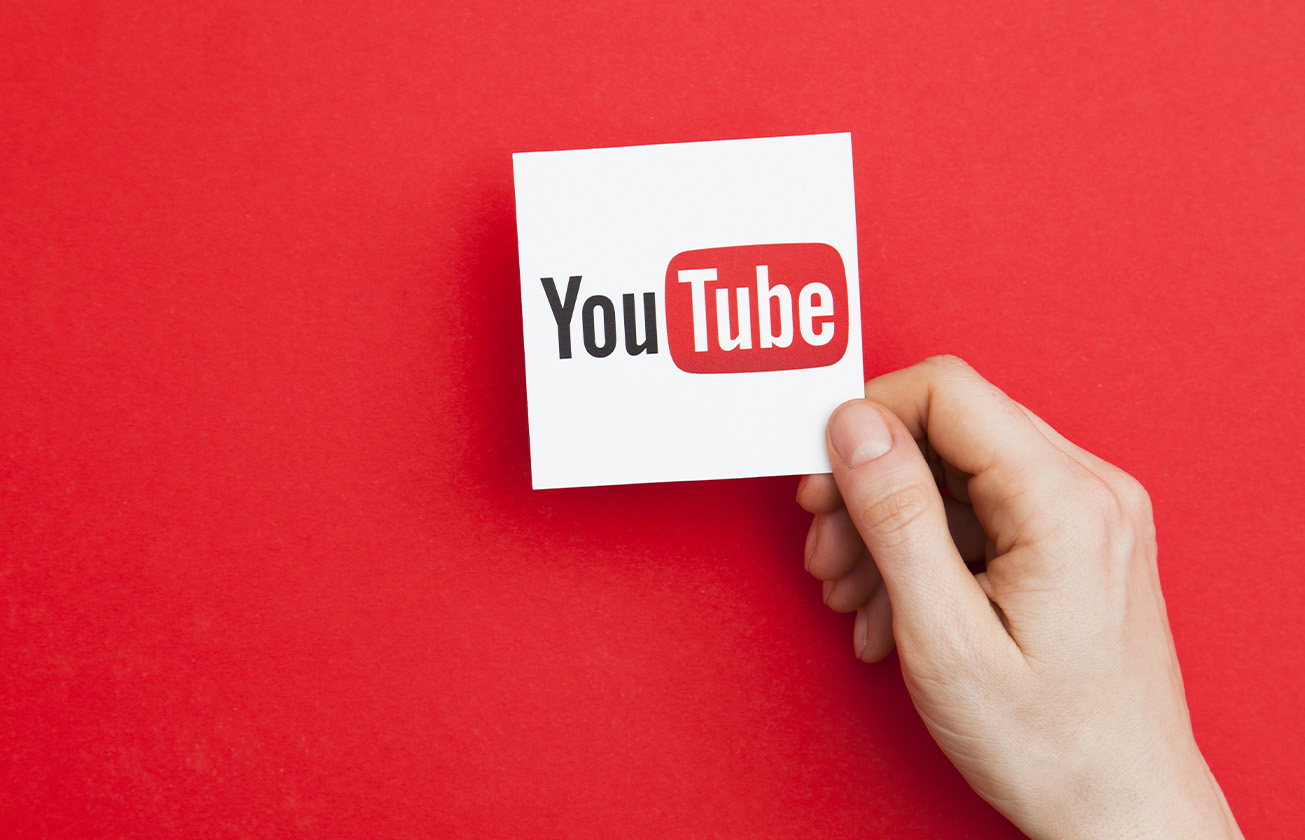All you need to know about the YouTube algorithm in 2021
YouTube is an interesting one. As early as 2005, the platform began as a website where users uploaded, shared, and watched videos. Today, it is the second-largest search engine globally and an essential marketing factor for any business.

Let's consider some data. Two billion people log in to the site every month. Over 1 billion hours of videos are watched every day, every minute, over 500 hours of video content is uploaded to the site.
A recent survey showed that almost 93% of people in marketing consider video content an essential factor in their marketing campaign.
Okay, those are raw numbers. So now, how do you make the most of YouTube and achieve all the goals you set in your strategy?
The secret is in knowing and exploiting the YouTube algorithm.
The most important thing about the YouTube algorithm is its purpose - to put videos in Recommended Content. How YouTube does it?
From 2005 to 2012, the number of views was the most crucial factor. Then, of course, there was exploitation through click-bait videos and artificial pumping of views. From 2012 to 2015, the most critical factor was the time spent watching the video. Although it is still one of the most important factors today, it's not the most important because you guessed it - a 45-minute video will be ahead of a three-minute video.
Since 2016, YouTube has been using the so-called “deep learning” machine learning algorithm. To simplify as much as possible - this means that YouTube tracks viewing history and assumes our viewing satisfaction, and creates personalized streaming recommendations.
Even today, we assume, YouTube uses an advanced version of deep learning through our likes, dislikes, and “not interested” responses. In addition, the essential method today is "Four Rs".
These four Rs are:
1. Remove: Deleting content that does not comply with YouTube policies.
2. Raise Up: promoting the content of "essential voices" when it comes to transmitting news worldwide or reducing fake news and the like.
3. Reward Trusted Sources: Rewarding content creators who have the most trust of their audience
4. Reduce the Spread: Reducing the spread of content that is barely within YouTube's rules
The intent behind these rules is clear. After 2016, there was an explosion of questionable and false news. YouTube responded to that briskly.
But that, we assume, is not relevant to your business, but it is excellent to know because it can help with the ranking.
What to look out for when optimizing YouTube videos for SEO?
The most important thing with SEO is positioning on the SERP, i.e., the search engine results page. Similar to Google search engine optimization, YouTube searches for signals via keyword relevance via metadata (title, description, and keywords). It also determines the position through the time viewers spend on the video, the number of likes, comments, etc.
In addition, it is essential to know that YouTube uses other data, but they are not as relevant as the first two. These are:
• How often do people click on your video in SERP
• How fast views on your video grow
• How often does the content creator uploads videos (new content is ranked higher, which encourages users to upload as many videos as possible)
• How long the session lasts (how much viewers spend time on youtube after watching your video)
How to get to suggested/recommended videos?
YouTube provides a proverbially broad answer to that question. They try to "find what the viewer wants." But, of course, the goal is to keep them on the platform as long as possible because it is known - more videos watched, more advertising space.
Here comes the previously mentioned deep learning algorithm. This algorithm aims to connect the viewer with the content that best suits their original search intent and holds their attention at the same time.
Here are the key factors:
• Viewing history - What topics, videos, and channels have you watched in the past?
• Videos with a similar theme
• Videos that viewers watch with the current video
To increase your chances of viewers continuing to watch your videos after one watched video, here are a few tips:
• At the end of the video, invite viewers to watch your videos.
• Use playlists, links, and end screens to recommend similar videos at the end of your current video.
• Why make one video if you can make a series of videos with the same theme? The sequels are doing great on YouTube.
How to get on YouTube trending?
A trending page is a feed of new and popular videos in the country where the viewer is located. There are four categories of trending: now, music, gaming, and movies.
And to cut a long story short - there is no way to get a trend unless your video is viral at a particular time.
How to advertise on YouTube?
Of course, as everywhere in the digital sphere, ads make the world go around. That’s why YouTube has become one of the biggest advertising sites on YouTube. But here, we are not talking about advertised companies but about content creators who want to monetize their content. So YouTube has a monetization policy that every content creator should follow.

Source: YouTube.com
In addition to that, context is crucial to YouTube when determining whether a video is suitable for advertising or not. That can be “content such as music videos (which) may contain elements of inappropriate language, references to soft porn and non-explicit sexual topics and may still be ad-friendly. ”
And when it comes to advertising your business on YouTube, your ads will appear on ad-friendly videos. And how will it be displayed? YouTube notes that they use Google data to send your message to the right people at the right time.
Of course, when you're running a YouTube ad campaign, running through your Google Ads account, you can also choose the audience you want to reach.


